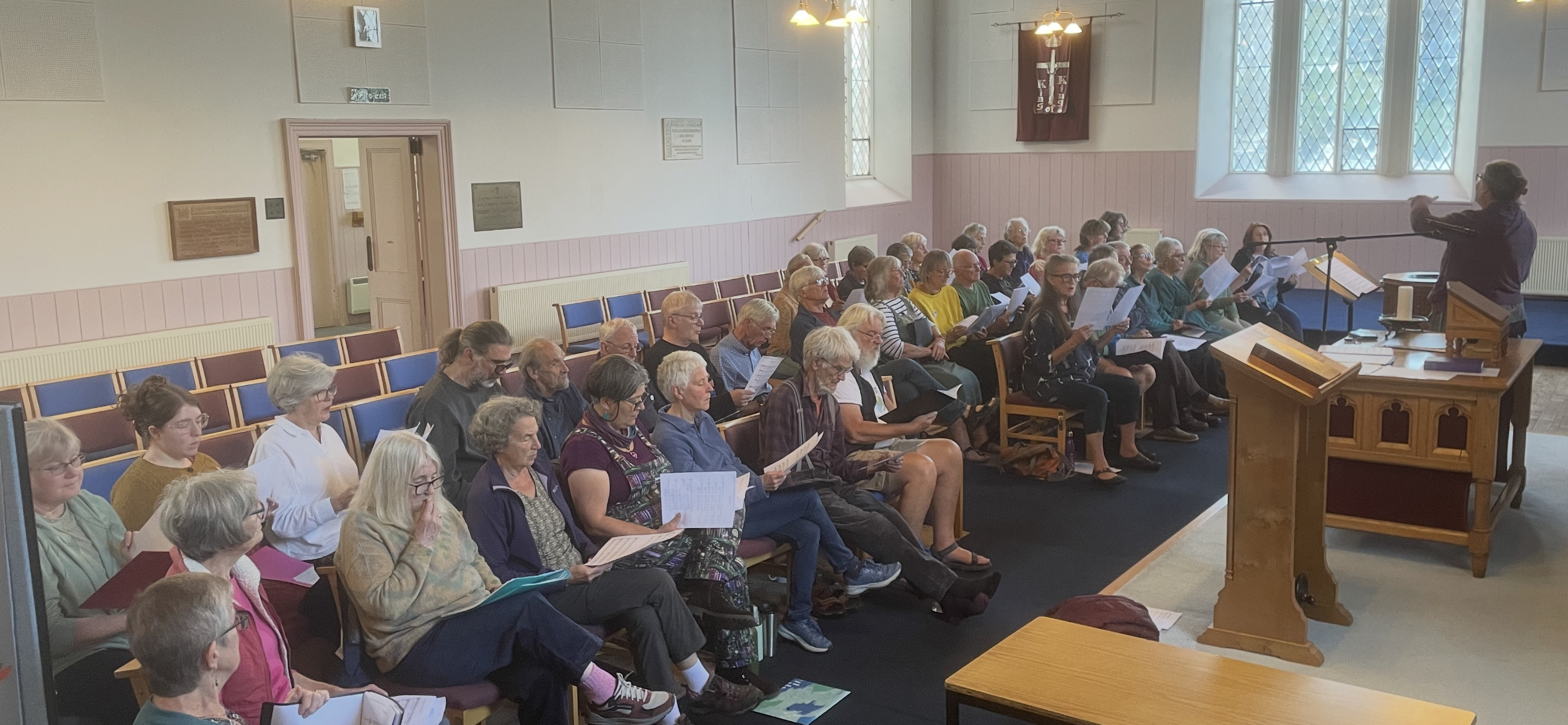
The town of Dumfries, which gives its name to the unitary council authority known since 1975 as Dumfries and Galloway, and the surrounding villages, have resonated throughout history.
Dumfries is renowned as the place where Robert the Bruce wrested claim to the crown of Scotland to himself by stabbing his rival in Greyfriars Kirk in 1306. He then embarked on a campaign for Scotland’s independence, beginning with the forced surrender of English forces at Dumfries Castle, and culminating in the first Battle of Bannockburn. Although Robert was crowned King of an independent Scotland, Edward ‘Longshanks’ of England raised another army and re-captured Dumfries. With an even larger army, in the second Battle of Bannockburn 1314, Edward’s son was defeated by Robert the Bruce’s doughty soldiers, and sent home to think again, as the ‘Flower of Scotland’ has it.]
The region of Dumfries and Galloway was also important in the history of the Covenanters (circa 1638) who stood against the hegemony of the Stuart monarchs and their state religion. Many Church of Scotland churchyards hold the graves of Covenanters who were killed during this conflict.
During the 18th century, one figure stands out in particular for Scotland, and that figure was Robert Burns, a pivotal poet in the Romantic movement. Known as Scotland’s national bard, his poems and songs are universally appreciated, and his memory is nowhere more alive than in Dumfries, where he lived, died, and was buried. Of course, many villages in the surrounding region lay claim to some of Burns’ inspirations, but the little village of St John’s Town of Dalry in the Glenkens promotes the Church of Scotland there as the salient part of a unique tall tale told by a local to Burns himself, which the bard developed into the famous Tam O’Shanter epic poem.
The rise of the labour movement, and the Chartists, were spearheaded by committed people in Dumfries, who participated in the development of the People’s Charter during the 1830s and 1840s. Many Chartist lecturers came to Dumfries, where they were impressed with the group of committed activists who established a popular reading room and contributed to the growth of the co-operative ethos.
In the 20th century, the area near Dumfries, at Gretna, was at one time the largest factory in the world, making munitions for the first world war (as recounted at The Devil’s Porridge museum). The terrain, rushing water and dammed loch reservoirs saw a successful hydro-electric scheme developed in the Glenkens, where many of this year’s Street Choir Festival hosts live, during the 1930s. On the west coast, at the other end of the authority, the harbour of Garlieston was the place where the first Mulberry Harbours were tested, for use in the second world war.
More recently, much of the southwestern portion of Dumfries and Galloway was earmarked for National Park status, but the clamour of wealthy landowners against the designation mitigated against its uptake.








